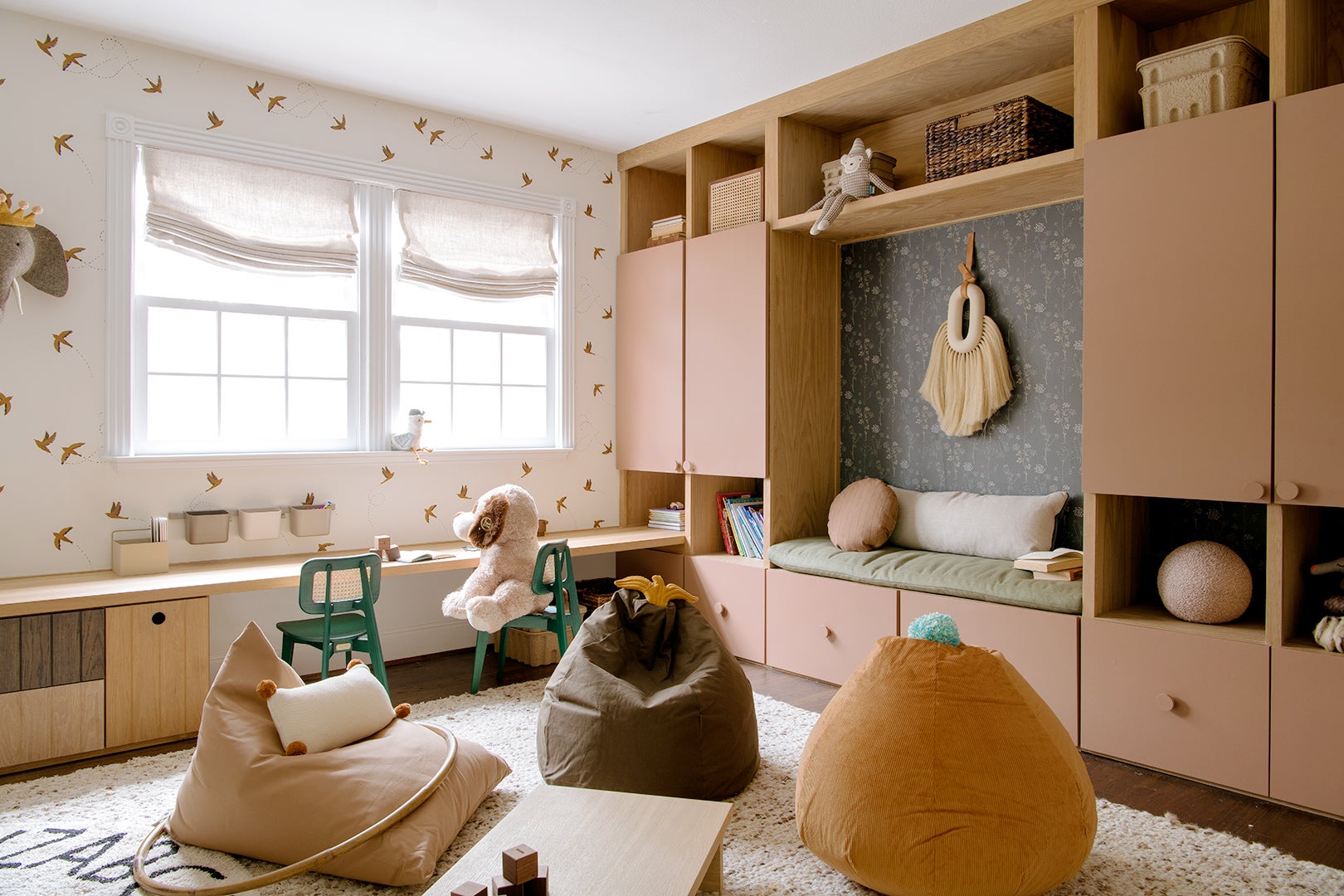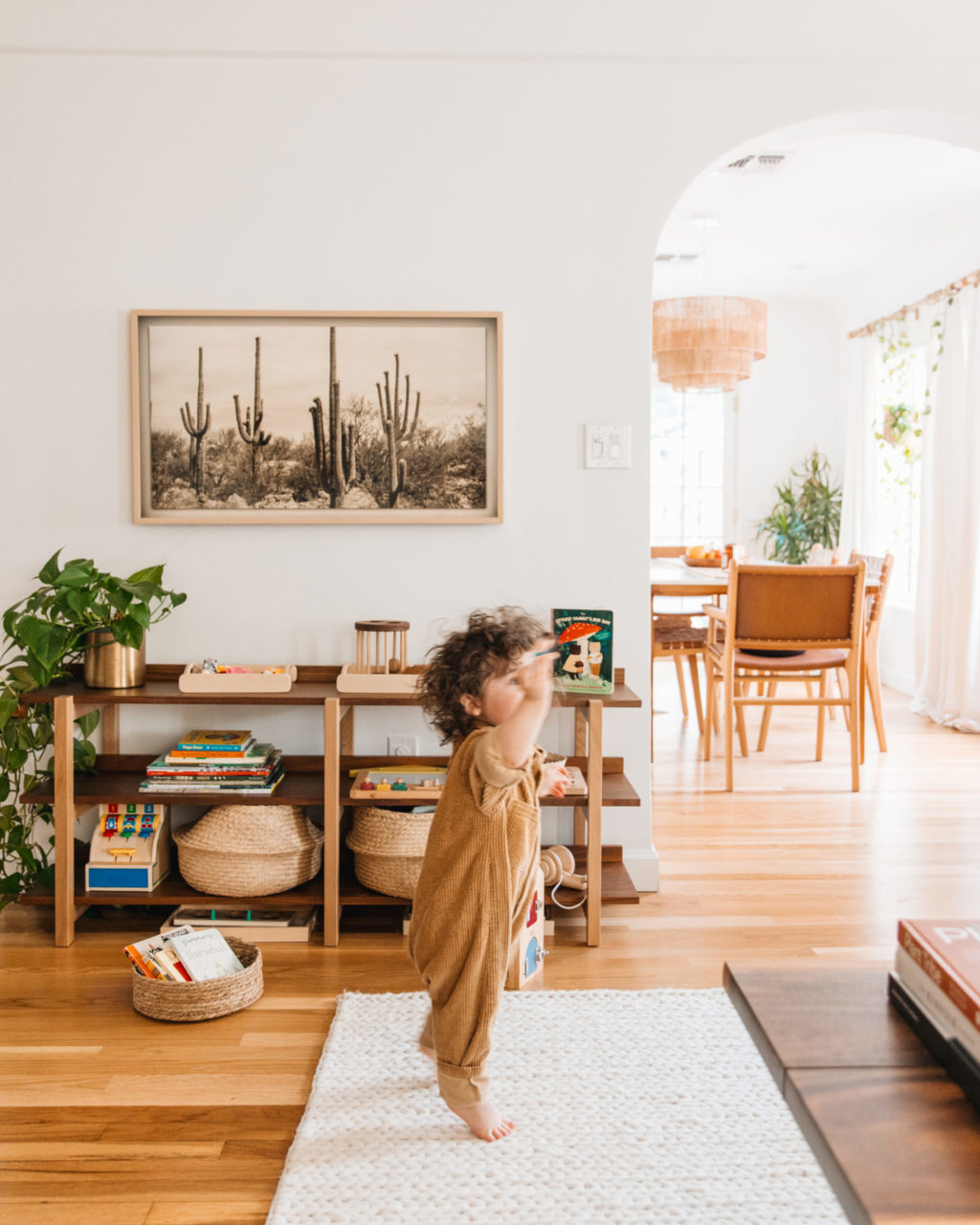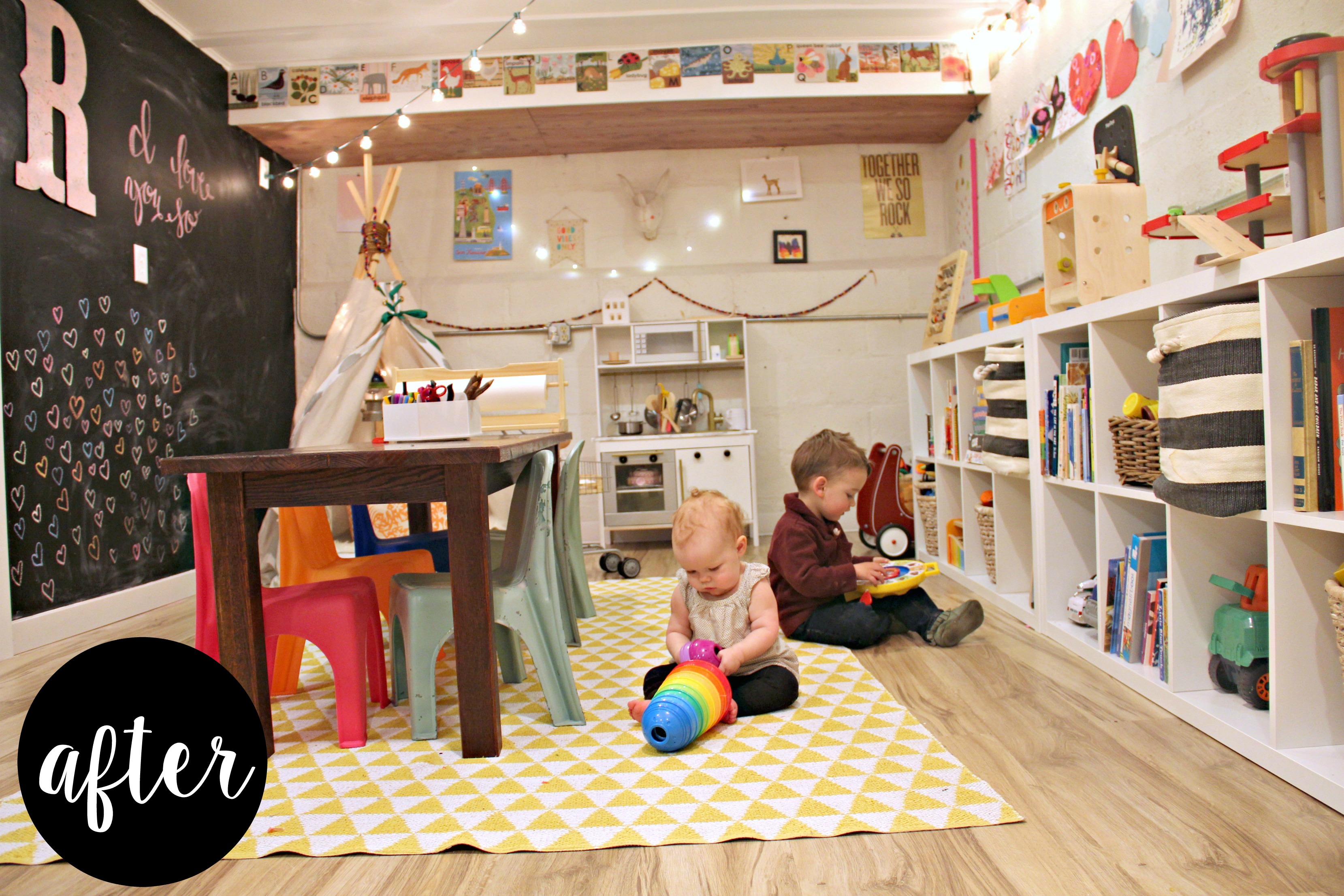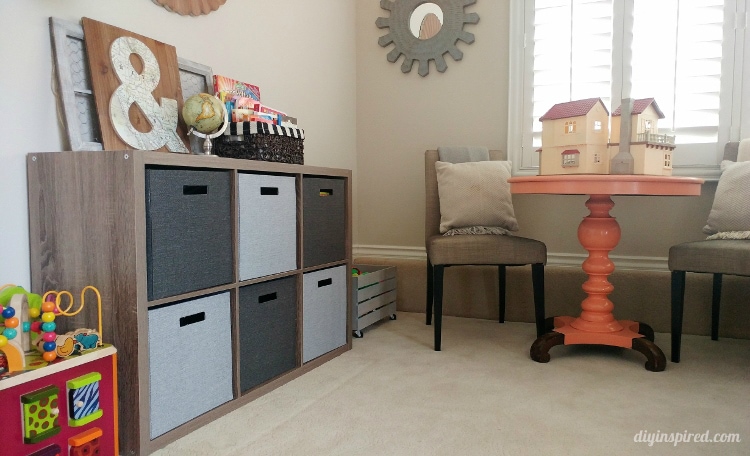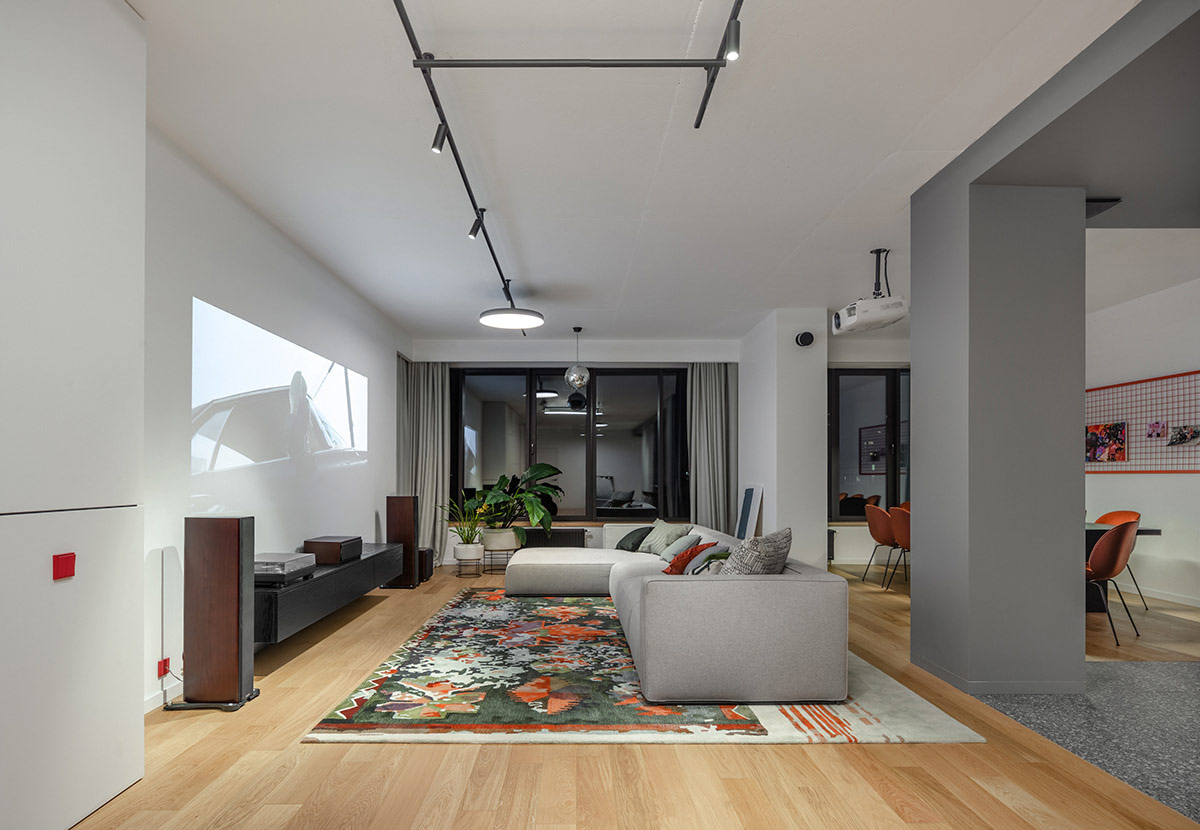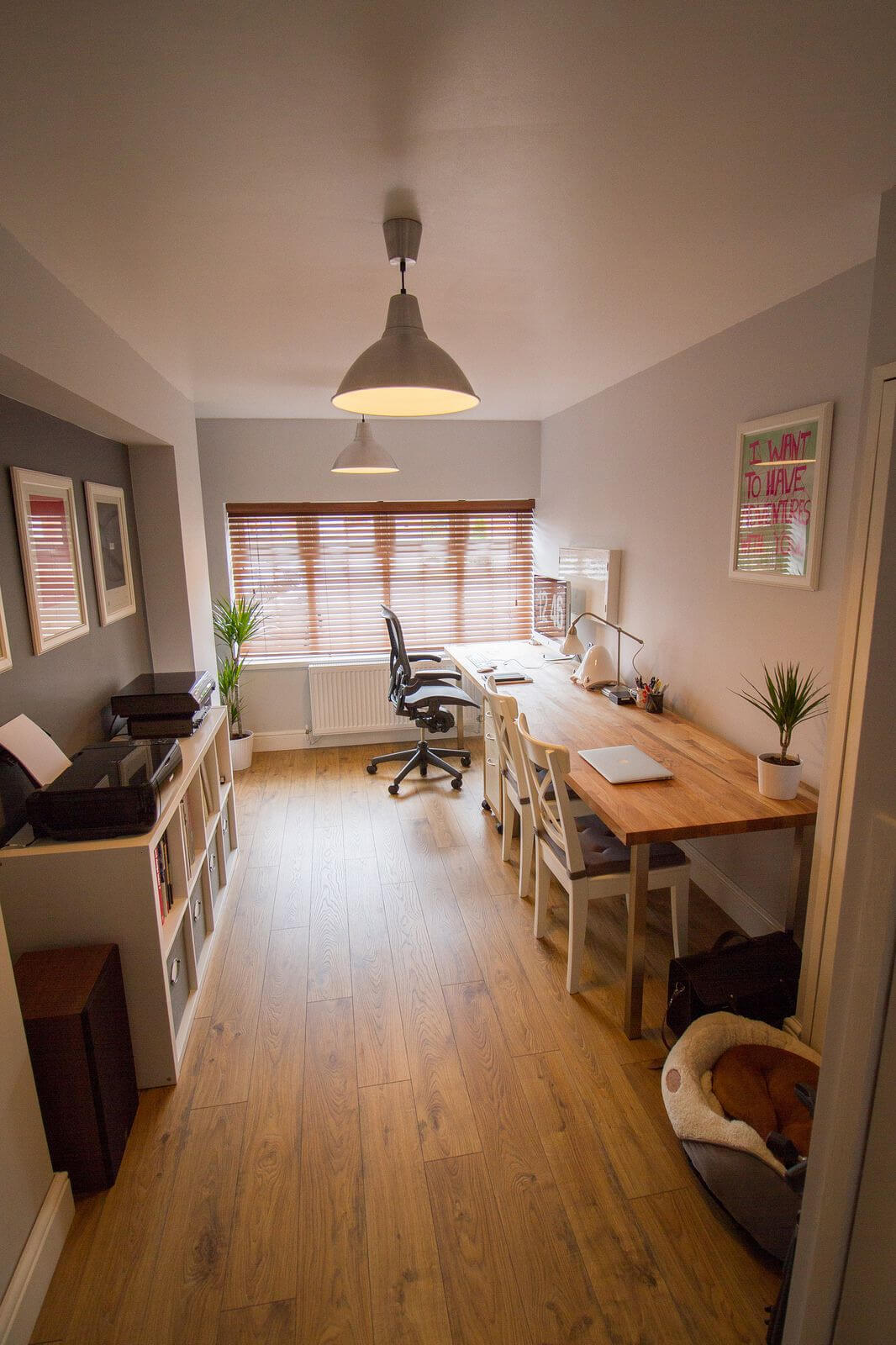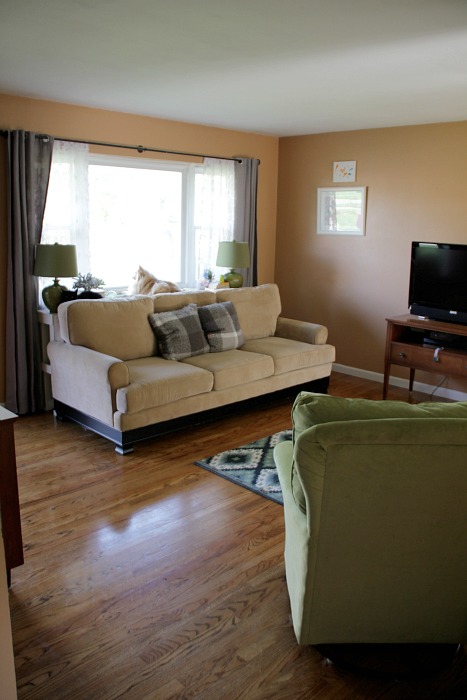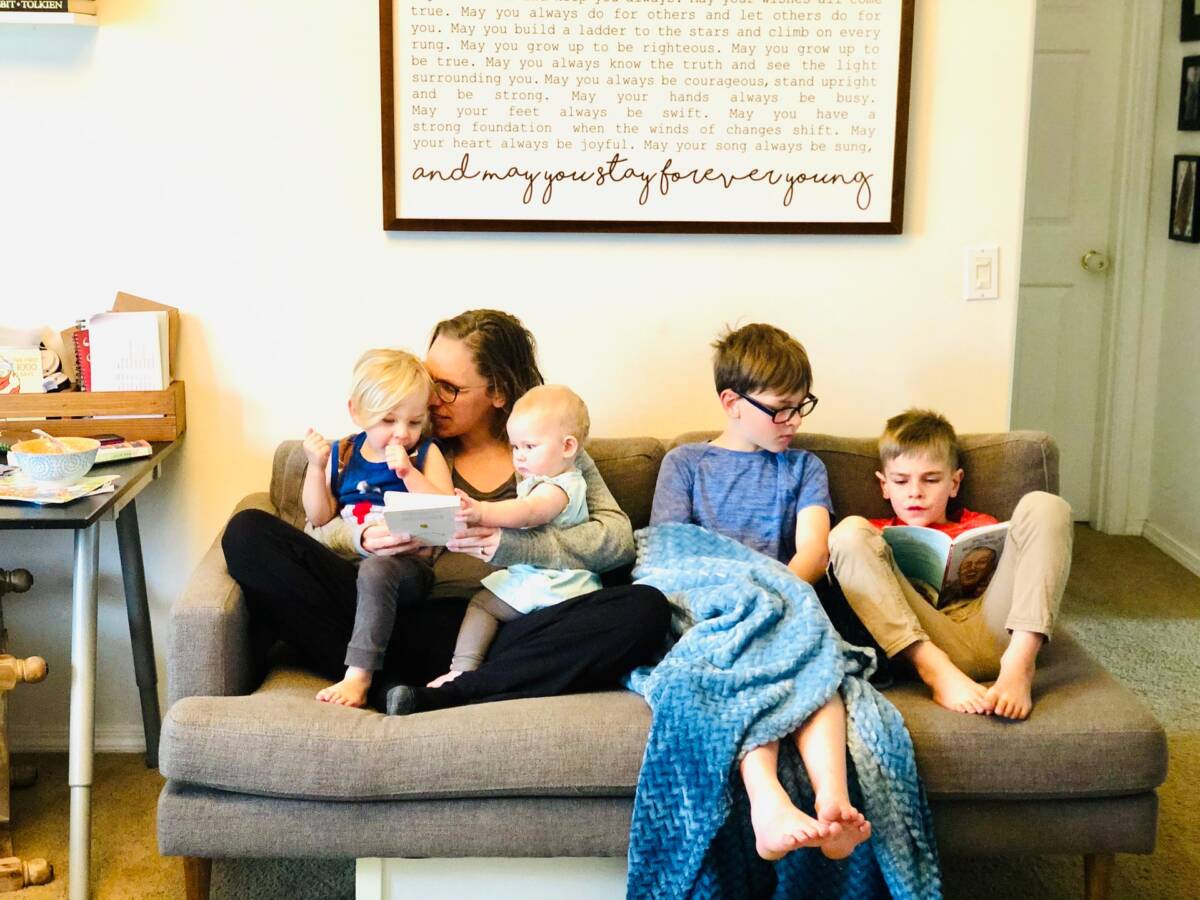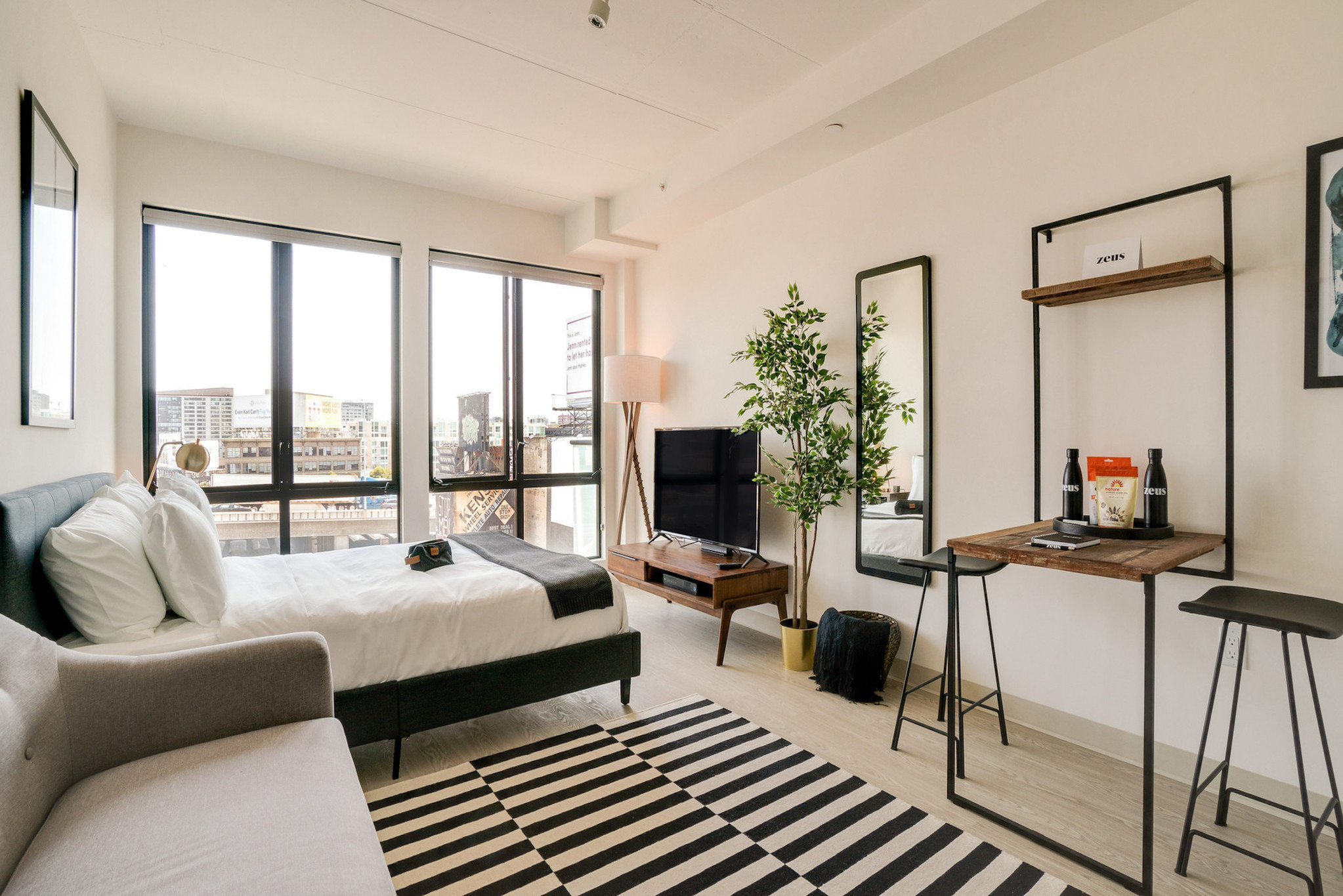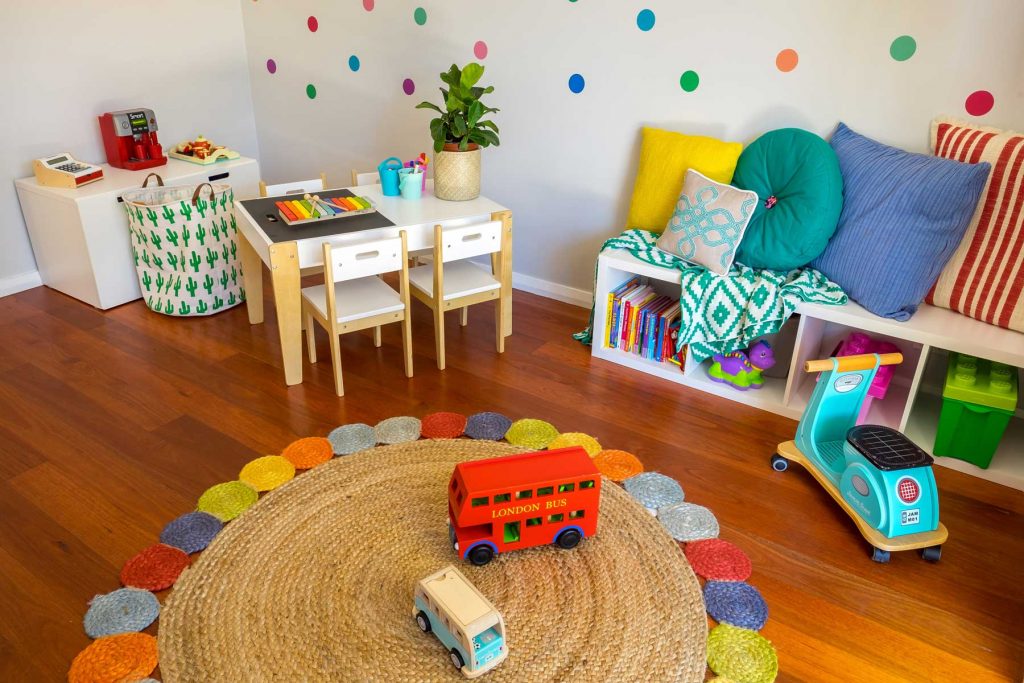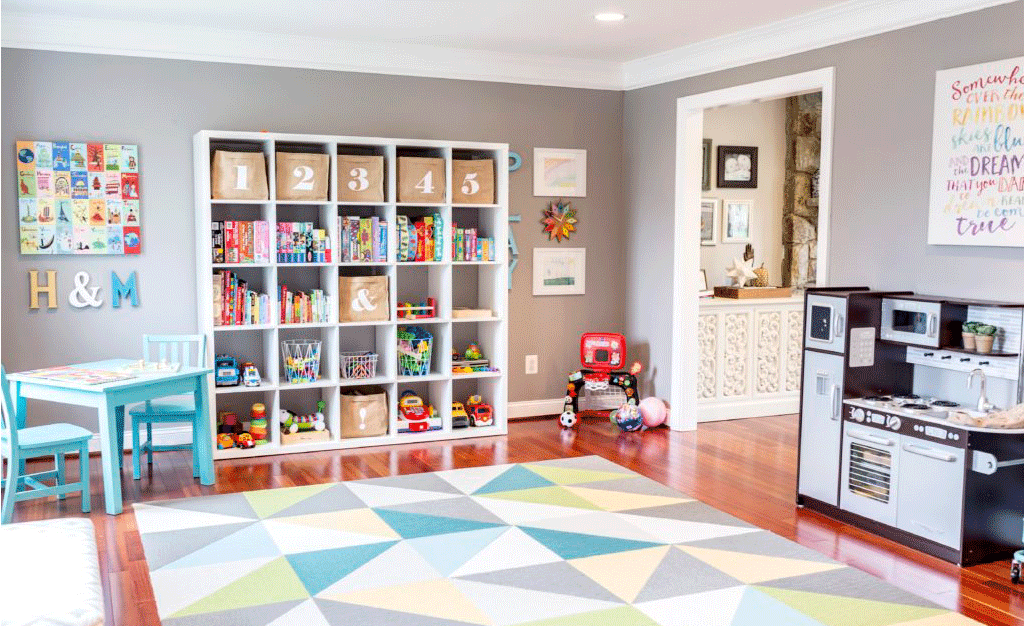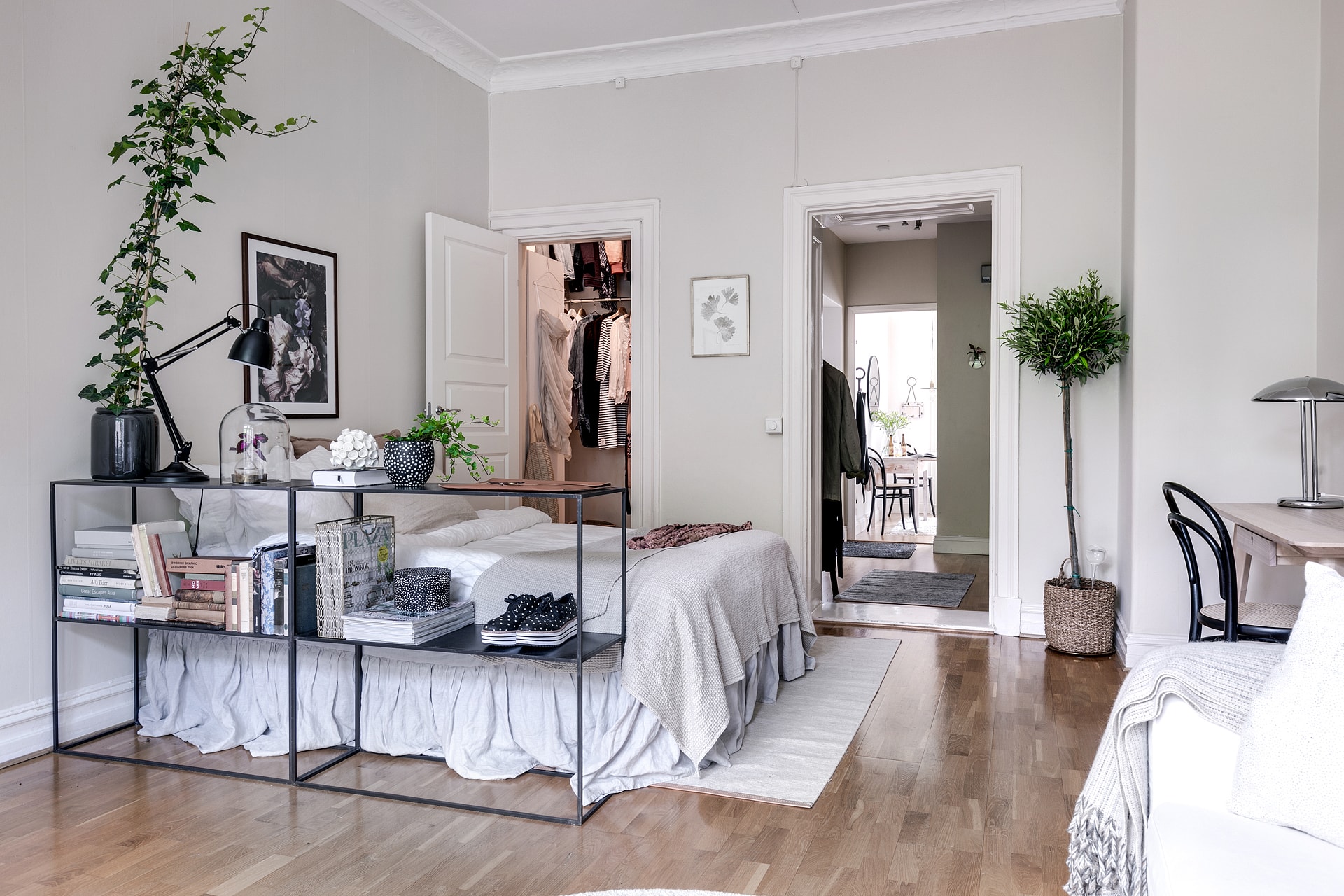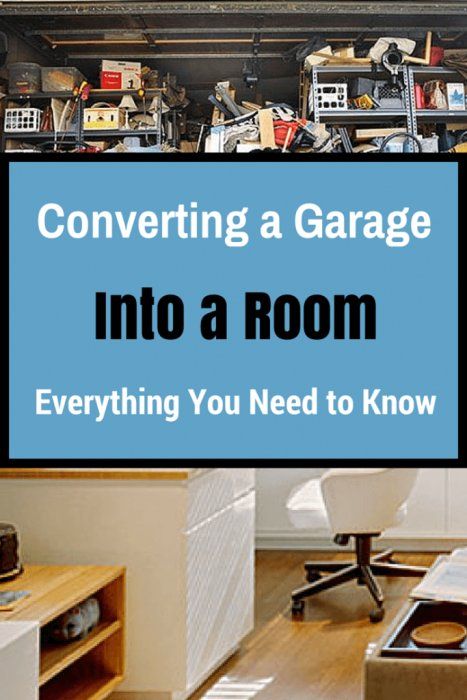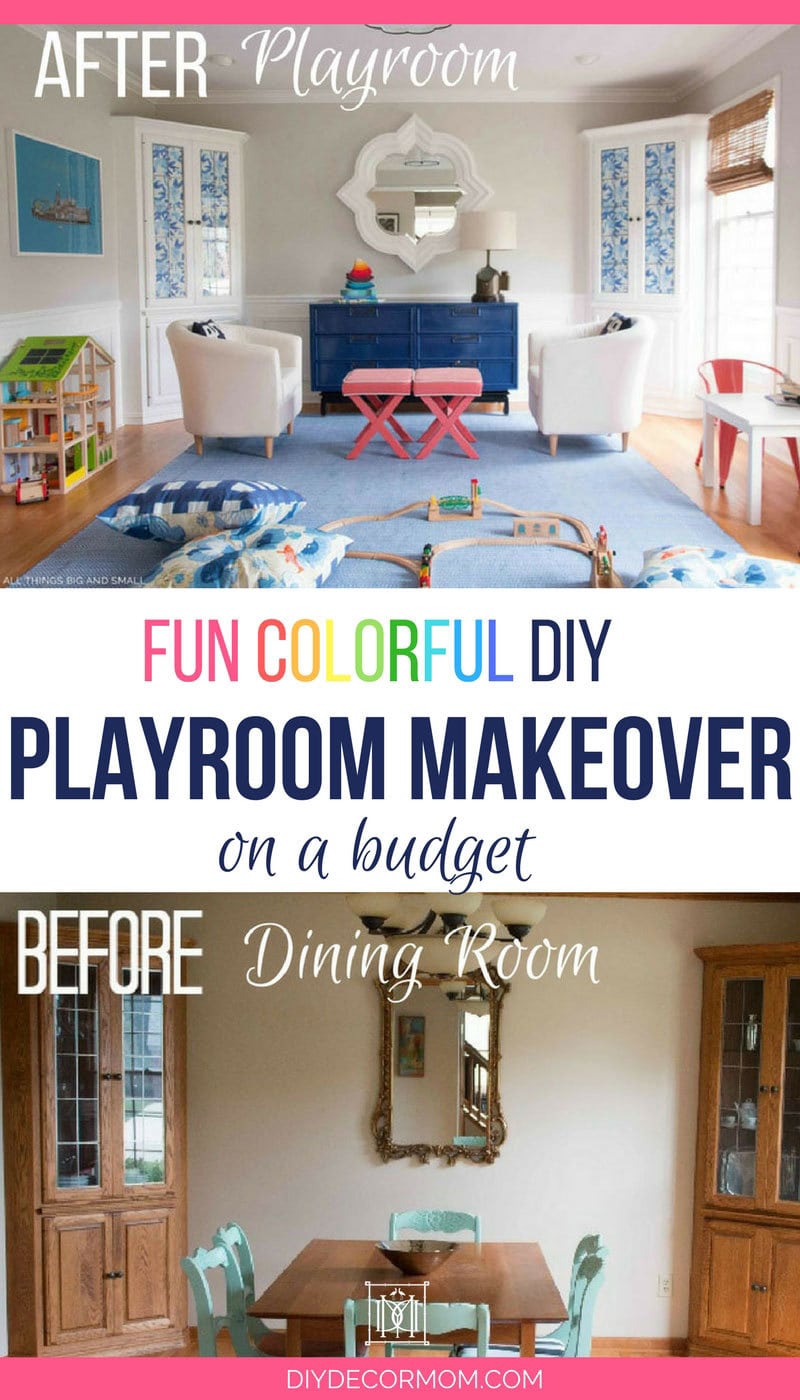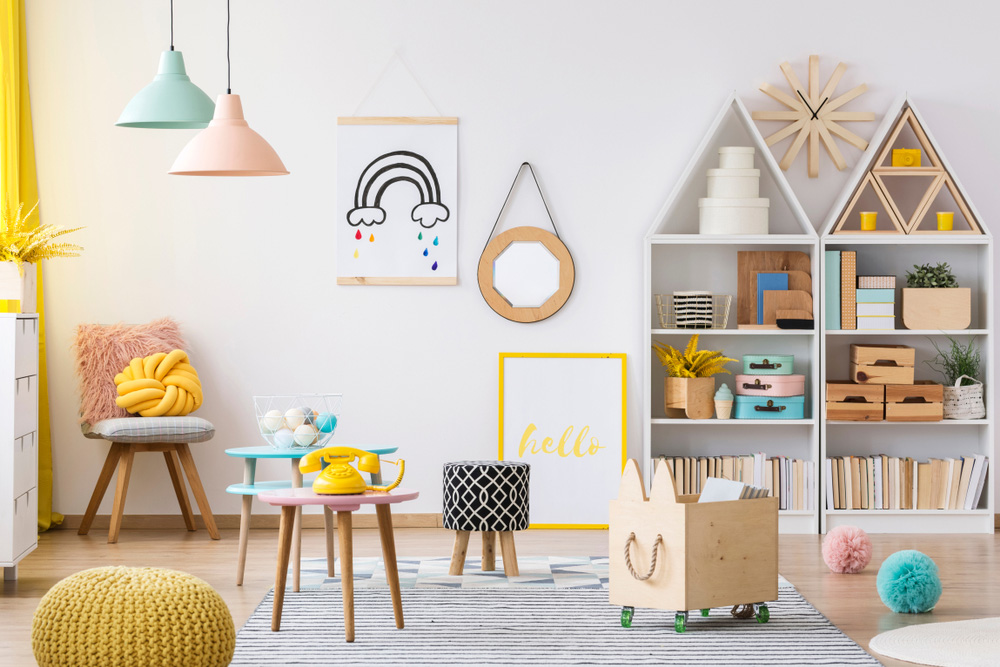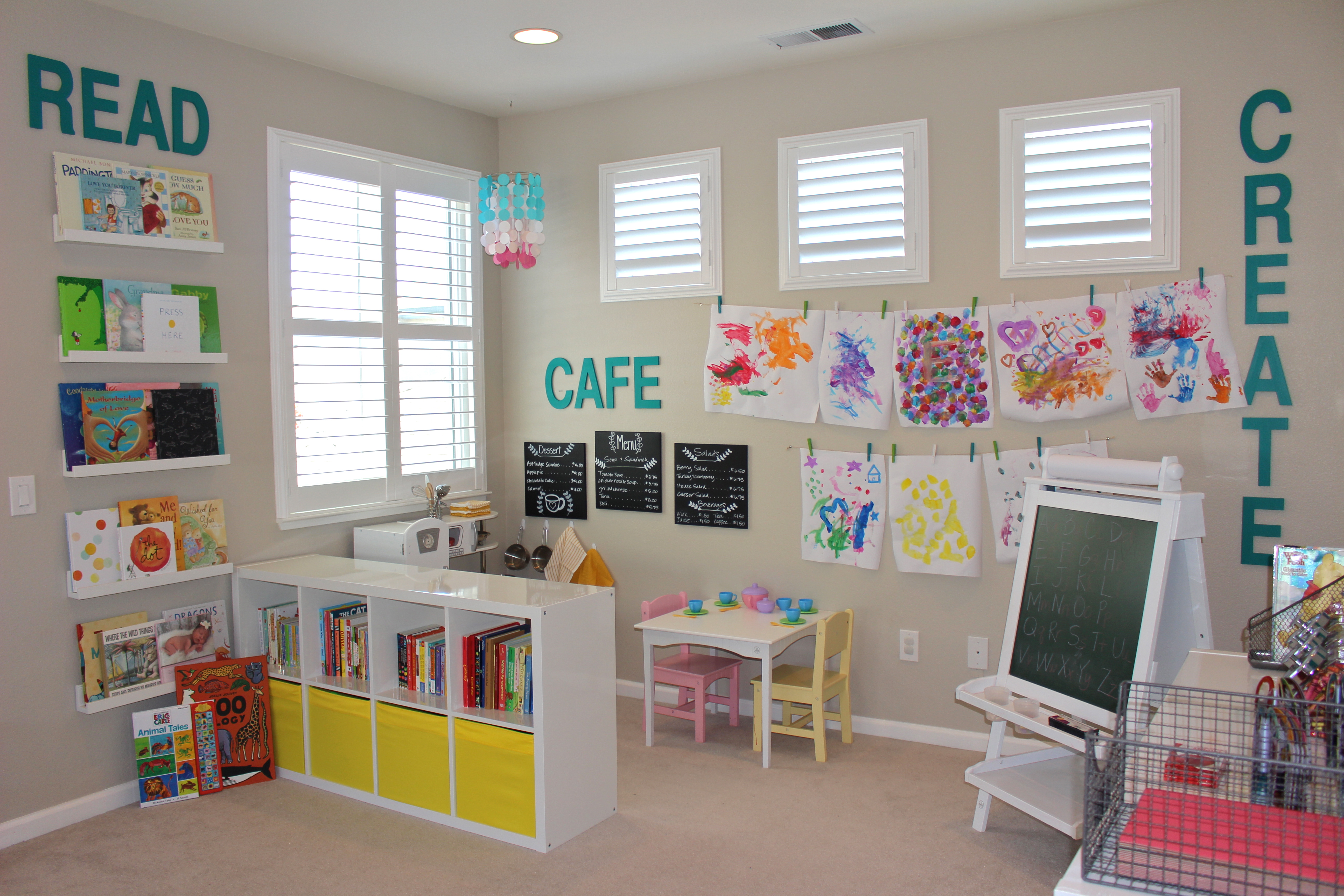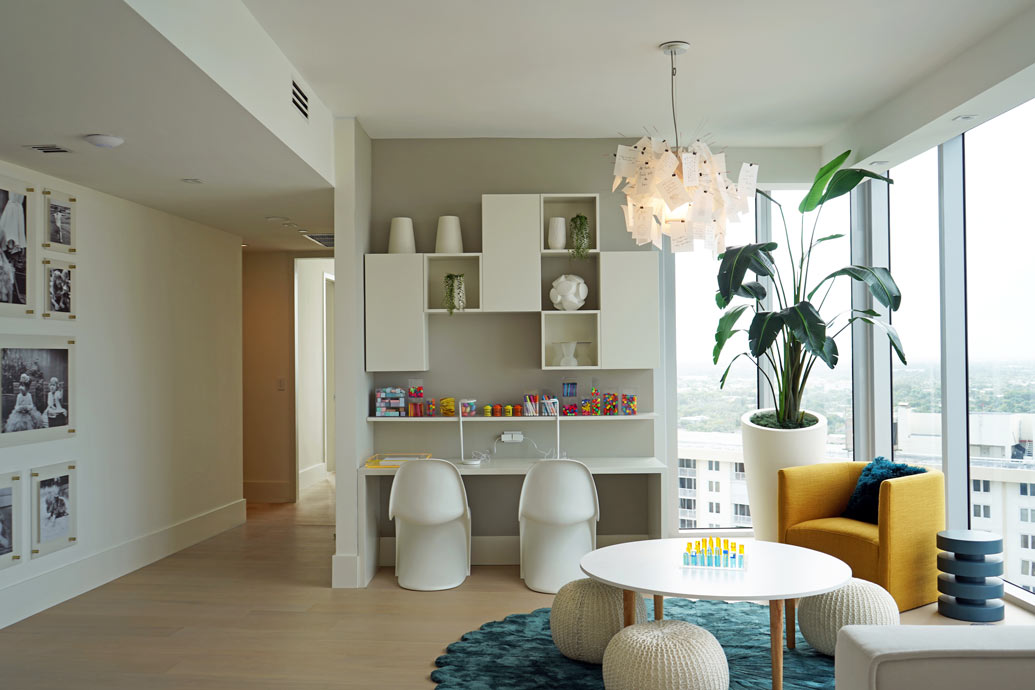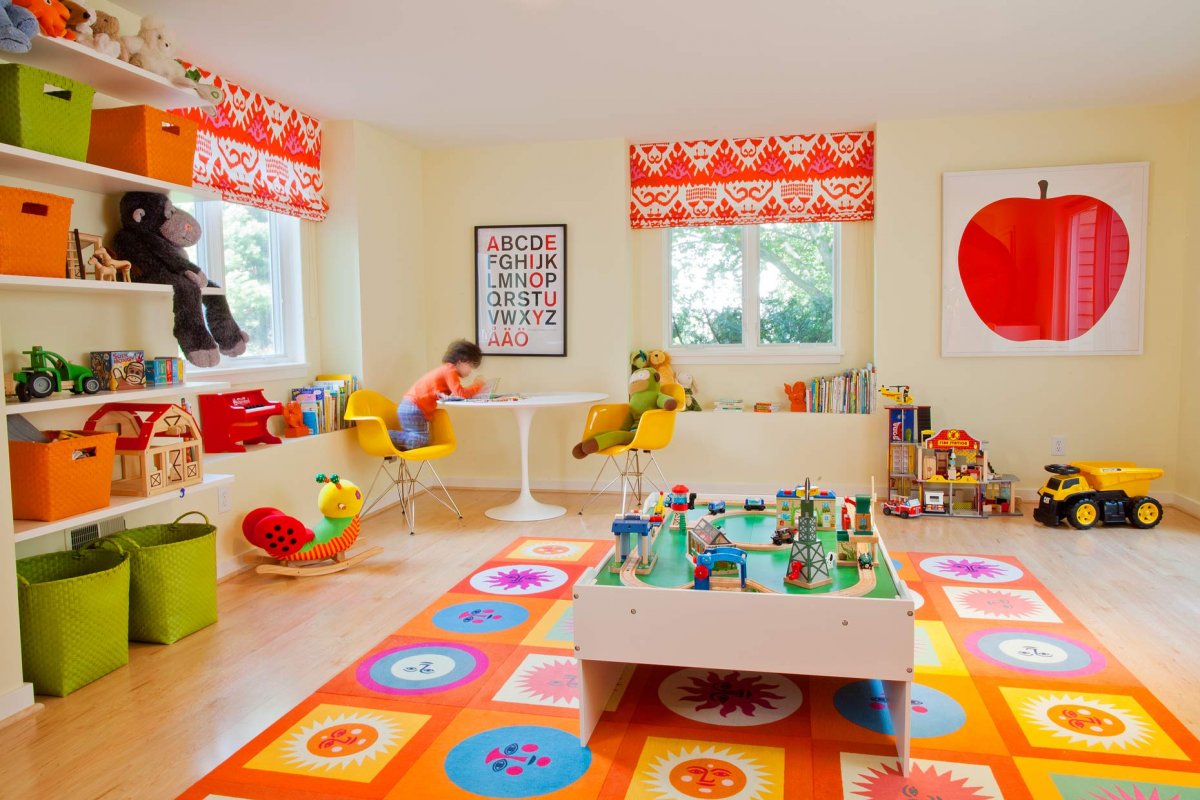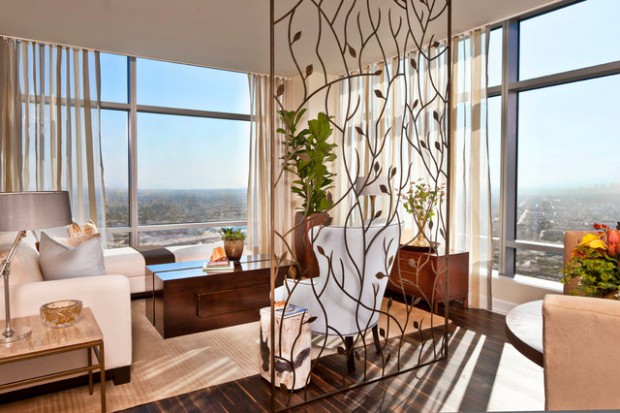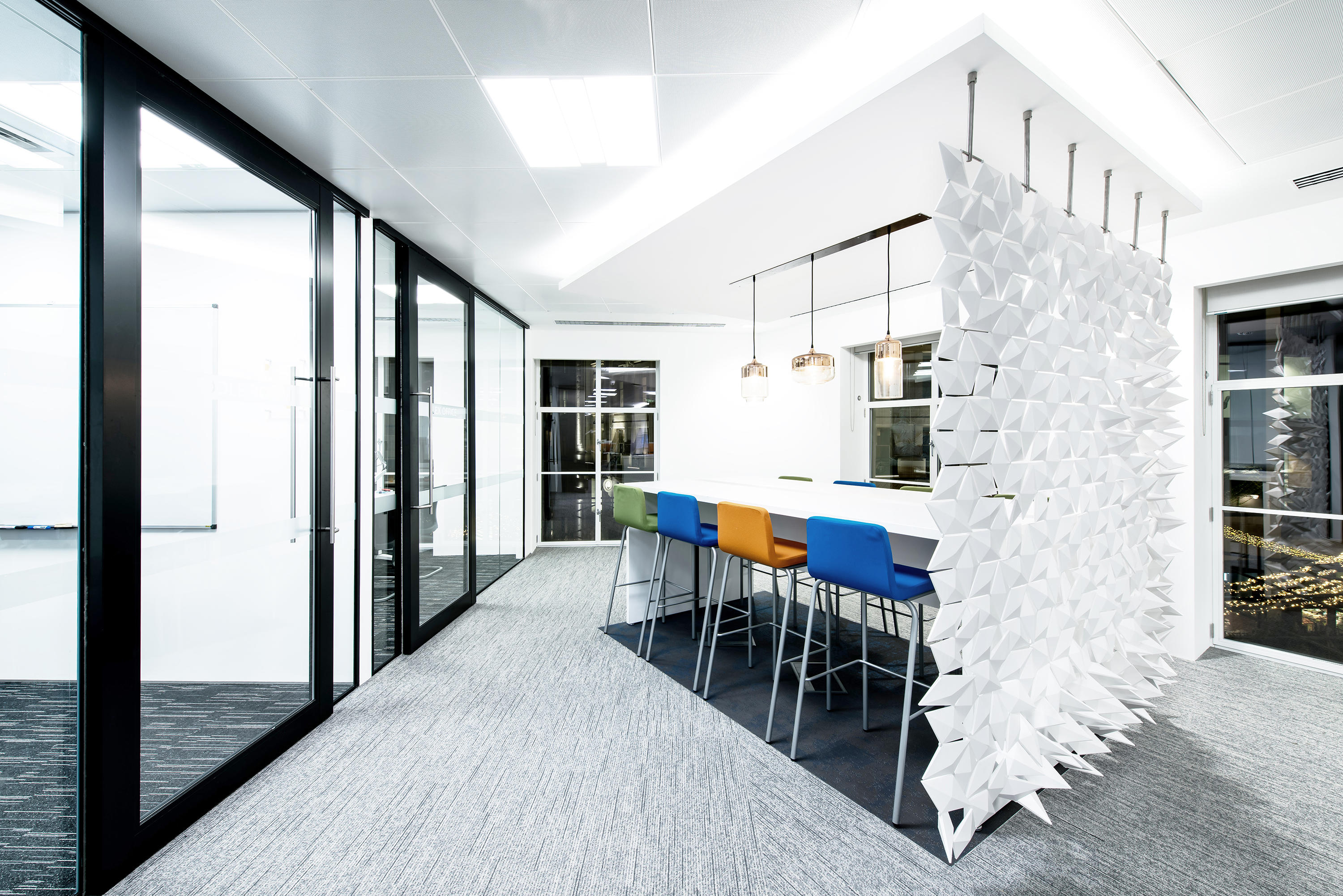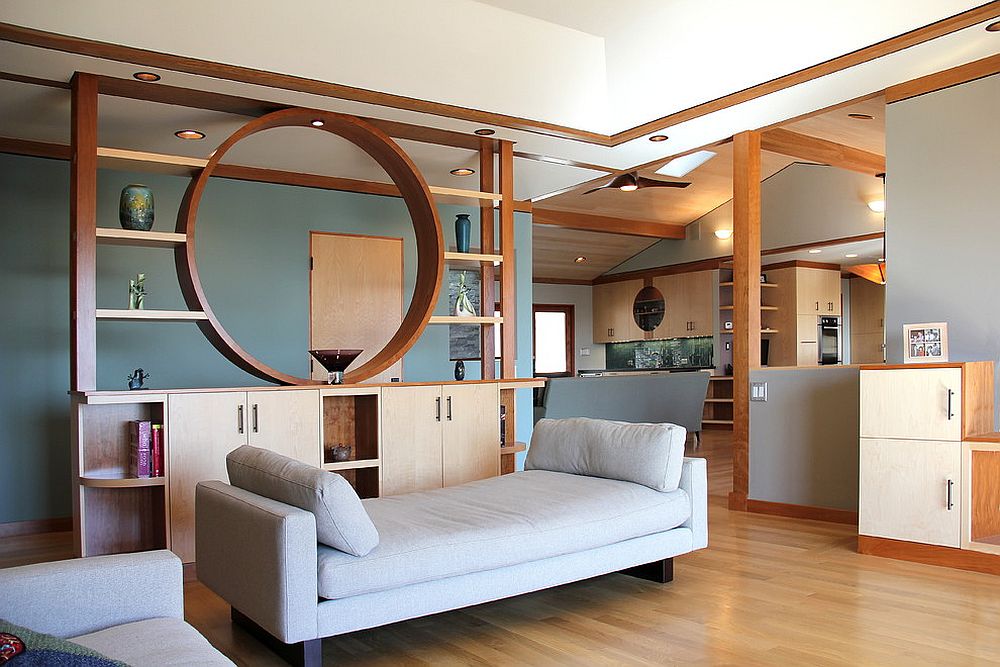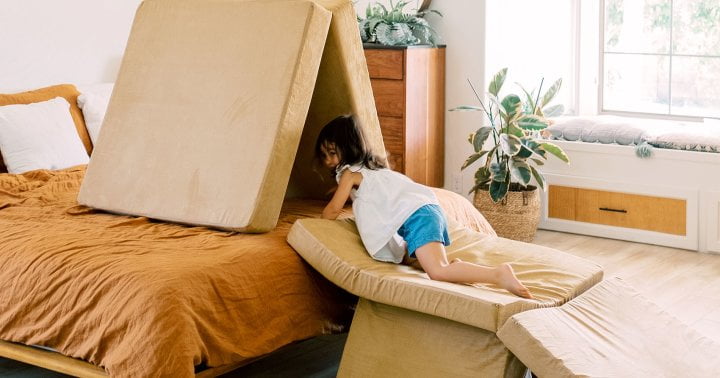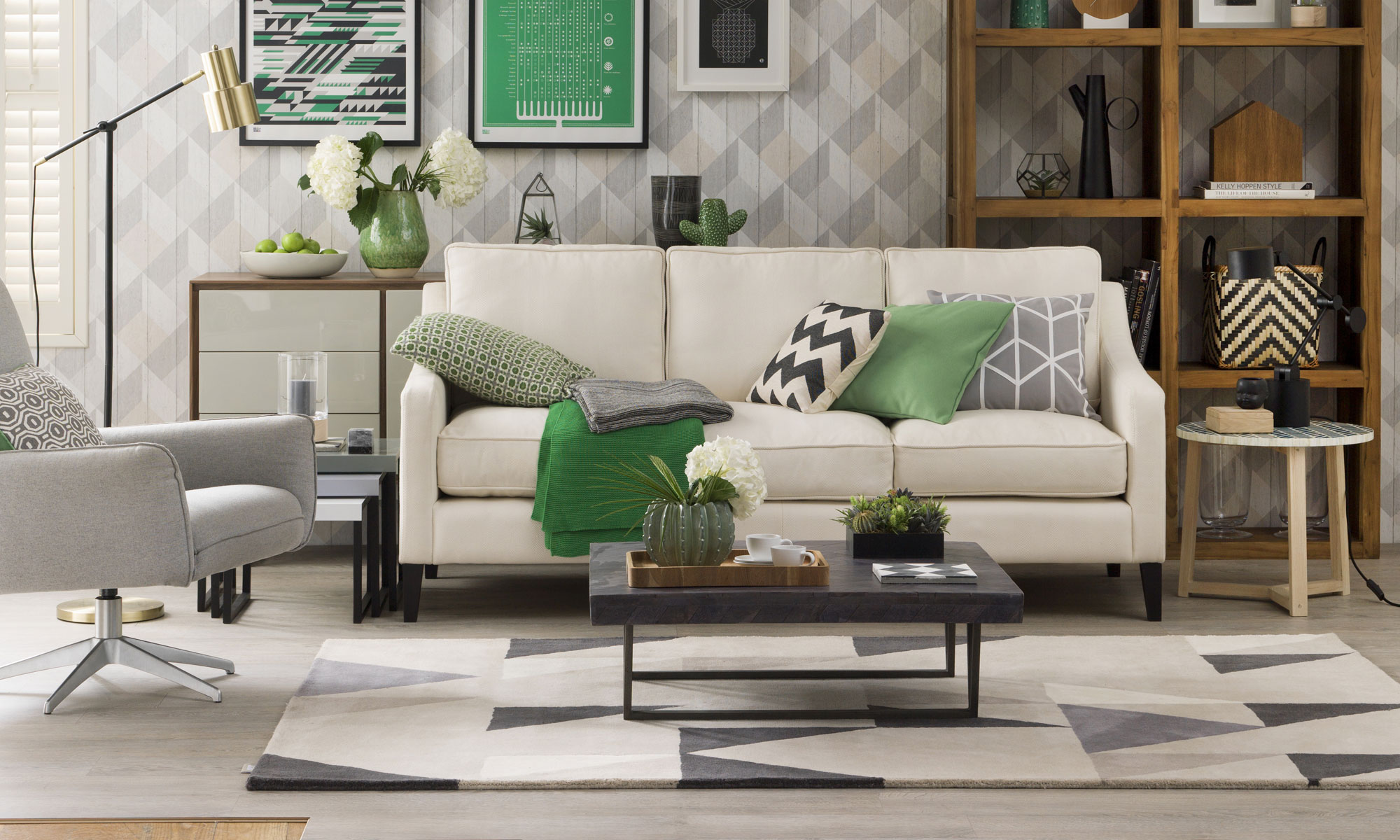Dividing a Living Room into a Playroom
Are you struggling to find space for your children to play in your home? If you have a small living room, it can be challenging to create a designated play area. But fear not, there is a solution! By dividing your living room, you can transform it into a functional and fun playroom for your kids. Not only will this provide them with a safe and designated space to play, but it will also help keep the rest of your home clutter-free. Read on for our top 10 tips on how to divide your living room into a playroom.
Transforming Your Living Room into a Playroom
Dividing your living room into a playroom is a great way to make the most out of your space. The key to successfully transforming your living room into a play area is to focus on functionality and organization. Start by assessing your living room and deciding on the best way to divide the space. This could be with furniture, room dividers, or even a simple rug. Once you have a plan in place, it's time to get creative and make your living room a playroom your kids will love.
Creating a Play Area in Your Living Room
One of the easiest ways to divide your living room is by using furniture. This could be a bookshelf, a storage unit, or even a sofa. Position the furniture in a way that creates a natural flow and separates the living room from the play area. You can also use furniture to store toys, books, and other play items, keeping them out of sight when not in use. This will help maintain a clean and clutter-free living room.
Maximizing Space: Living Room to Playroom Conversion
Maximizing the space in your living room is essential when converting it into a playroom. Consider using wall shelves or hanging organizers to free up floor space. This will also make it easier for your kids to access their toys and games. Additionally, you can use multi-functional furniture, such as an ottoman with hidden storage, to maximize space and keep the playroom tidy.
Playroom Ideas for a Divided Living Room
When it comes to playroom ideas, the possibilities are endless. You can decorate the space with fun and colorful rugs, bean bags, and wall decals. You can also add a small table and chairs for arts and crafts, or a teepee for a cozy reading nook. Incorporating your child's interests and personality into the playroom will make it a special and inviting space for them.
How to Divide a Living Room for a Play Area
There are several ways to divide a living room for a play area. You can use a room divider, such as a folding screen or curtains, to separate the space. This is a great option for open concept living rooms. Another idea is to use a large rug to define the play area. You can also use different colored or patterned rugs to create different zones in the playroom, such as a reading corner or a dress-up area.
Converting Your Living Room into a Playroom
Converting your living room into a playroom is not just about creating a designated play area, but also about making it a functional space. Consider adding storage solutions, such as baskets, bins, and shelves, to keep toys and games organized. You can also incorporate a small desk or table for drawing and writing activities. By making the playroom a functional space, it will be easier for your child to play and learn.
Designing a Playroom in a Divided Living Room
The design of your playroom is crucial in creating a fun and inviting space for your child. Use bright and cheerful colors to stimulate their imagination and creativity. Incorporate different textures, such as soft rugs and plush toys, to make the playroom cozy and comfortable. You can also add a chalkboard or a magnetic board for your child to express their creativity and add a personal touch to the playroom.
Utilizing Room Dividers for a Living Room Play Area
Room dividers are a great way to divide a living room and create a play area while still allowing for open space. You can use a bookshelf or storage unit as a room divider and also utilize it for storing toys and games. Another option is to hang curtains from the ceiling to create a temporary wall, perfect for separating the living room from the play area. Get creative and find a room divider that not only serves its purpose but also adds to the overall design of the room.
Transform Your Living Room into a Functional Playroom
Converting your living room into a playroom is a great way to utilize space and provide your child with a designated play area. By following these top 10 tips, you can easily divide your living room and create a functional playroom that your kids will love. Remember to keep it fun, colorful, and organized, and let your child's imagination run wild in their new play space.
Transform Your Living Room into a Functional and Fun Playroom for Your Kids

Why Divide Your Living Room into a Playroom?
 We all want our homes to be a place where our children can thrive and have fun. However, with limited space, it can be challenging to create a designated play area for our little ones. This is where the idea of transforming your living room into a playroom comes in. By dividing your living room into a playroom, you not only create a functional space for your kids to play and learn, but you also free up space in other areas of your home.
Dividing your living room into a playroom is a practical and efficient solution for families with young children.
It allows you to maximize the use of your living room, which is often a large and central area of the house. Plus, it gives your kids a safe and designated space to play, away from potential hazards in other parts of the house.
We all want our homes to be a place where our children can thrive and have fun. However, with limited space, it can be challenging to create a designated play area for our little ones. This is where the idea of transforming your living room into a playroom comes in. By dividing your living room into a playroom, you not only create a functional space for your kids to play and learn, but you also free up space in other areas of your home.
Dividing your living room into a playroom is a practical and efficient solution for families with young children.
It allows you to maximize the use of your living room, which is often a large and central area of the house. Plus, it gives your kids a safe and designated space to play, away from potential hazards in other parts of the house.
How to Divide Your Living Room into a Playroom
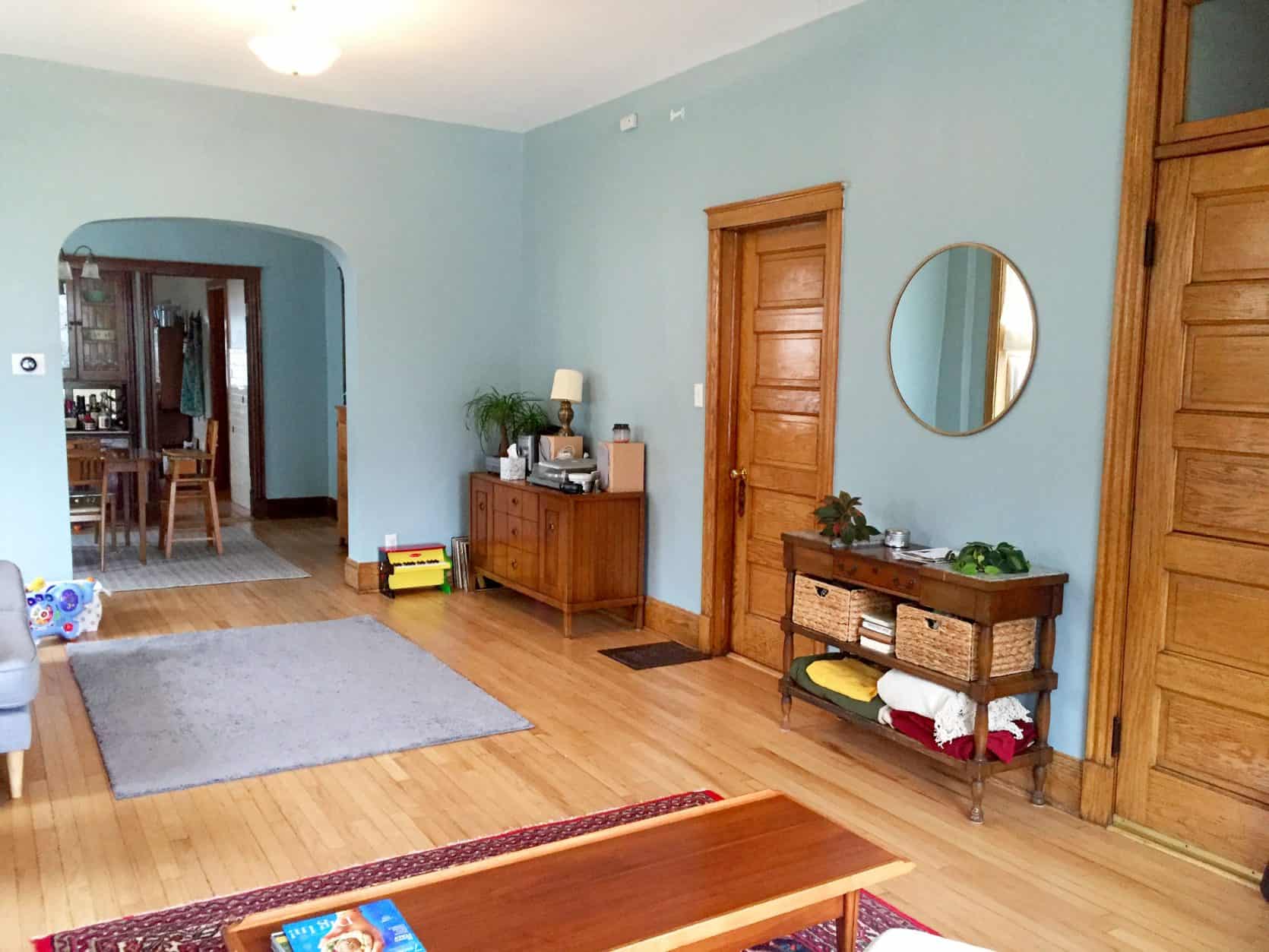 Before you start the transformation process, it's important to plan and consider the layout of your living room and the needs of your children.
Here are some steps to help you in dividing your living room into a playroom:
Before you start the transformation process, it's important to plan and consider the layout of your living room and the needs of your children.
Here are some steps to help you in dividing your living room into a playroom:
1. Define the Space
The first step is to define the space that will become the playroom. This can be done by using furniture, such as bookshelves or storage units, to create boundaries. You can also use area rugs or playmats to divide the space and create designated play areas.2. Invest in Storage Solutions
One of the main challenges of having a playroom in your living room is keeping it organized and clutter-free. Investing in storage solutions, such as bins, baskets, and shelves, will help keep toys and games neatly stored away when not in use. This will also make it easier for your kids to find and put away their toys, promoting independence and responsibility.3. Incorporate Learning and Play Areas
Make the most out of the space by incorporating learning and play areas for your kids. This can include a reading nook, an art corner, or a small table and chairs for activities and crafts. This will not only make the playroom more functional, but it will also encourage learning and development.4. Add Color and Personal Touches
To make the playroom more inviting and fun for your kids, add pops of color and personal touches that reflect their interests and personalities. This can be done through colorful wall decals, personalized artwork, or even a themed play area.In Conclusion
 By dividing your living room into a playroom, you can create a functional and fun space for your kids to play and learn. With proper planning and organization, you can transform your living room into a versatile and multi-functional area for the whole family to enjoy. So why not give it a try and see the benefits for yourself?
By dividing your living room into a playroom, you can create a functional and fun space for your kids to play and learn. With proper planning and organization, you can transform your living room into a versatile and multi-functional area for the whole family to enjoy. So why not give it a try and see the benefits for yourself?






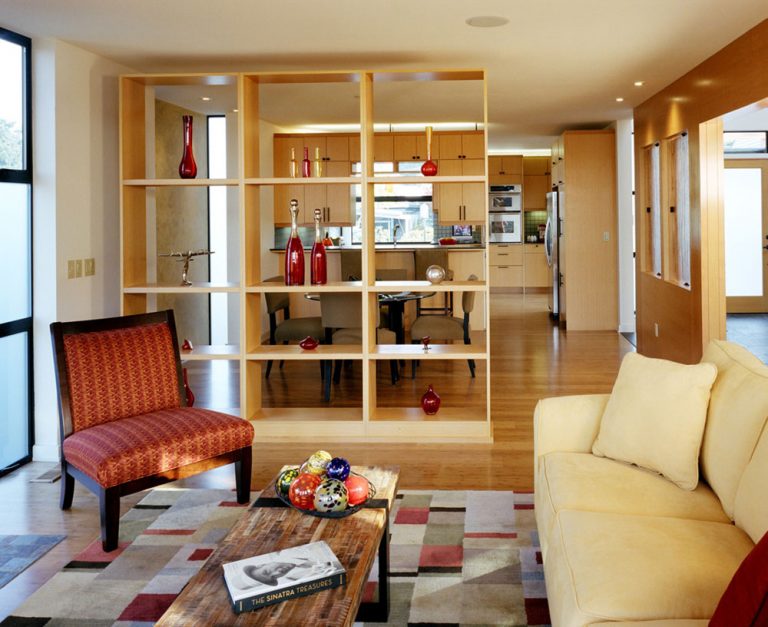

/Roomdivider-GettyImages-1130430856-40a5514b6caa41d19185ef69d2e471e1.jpg)







